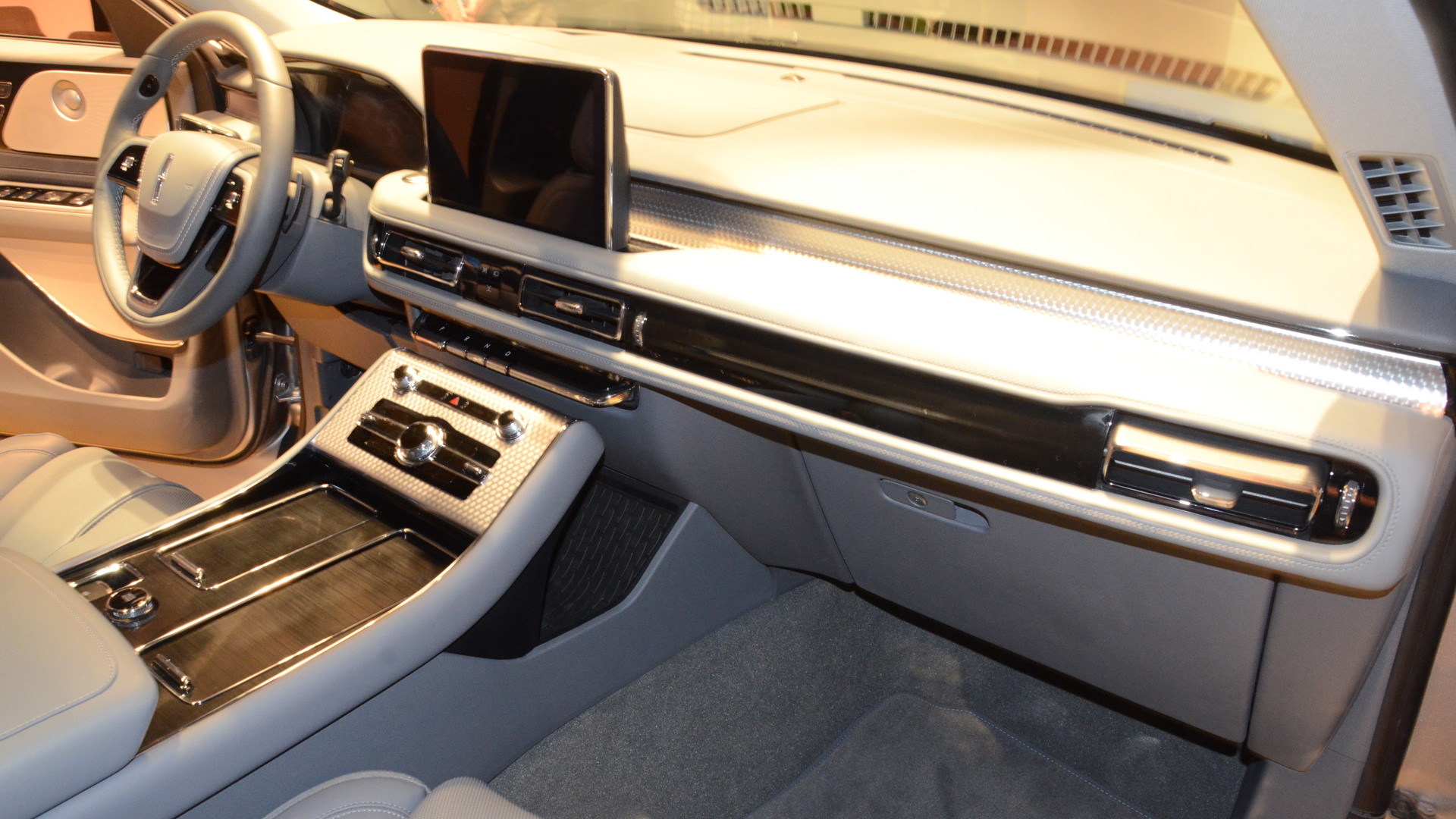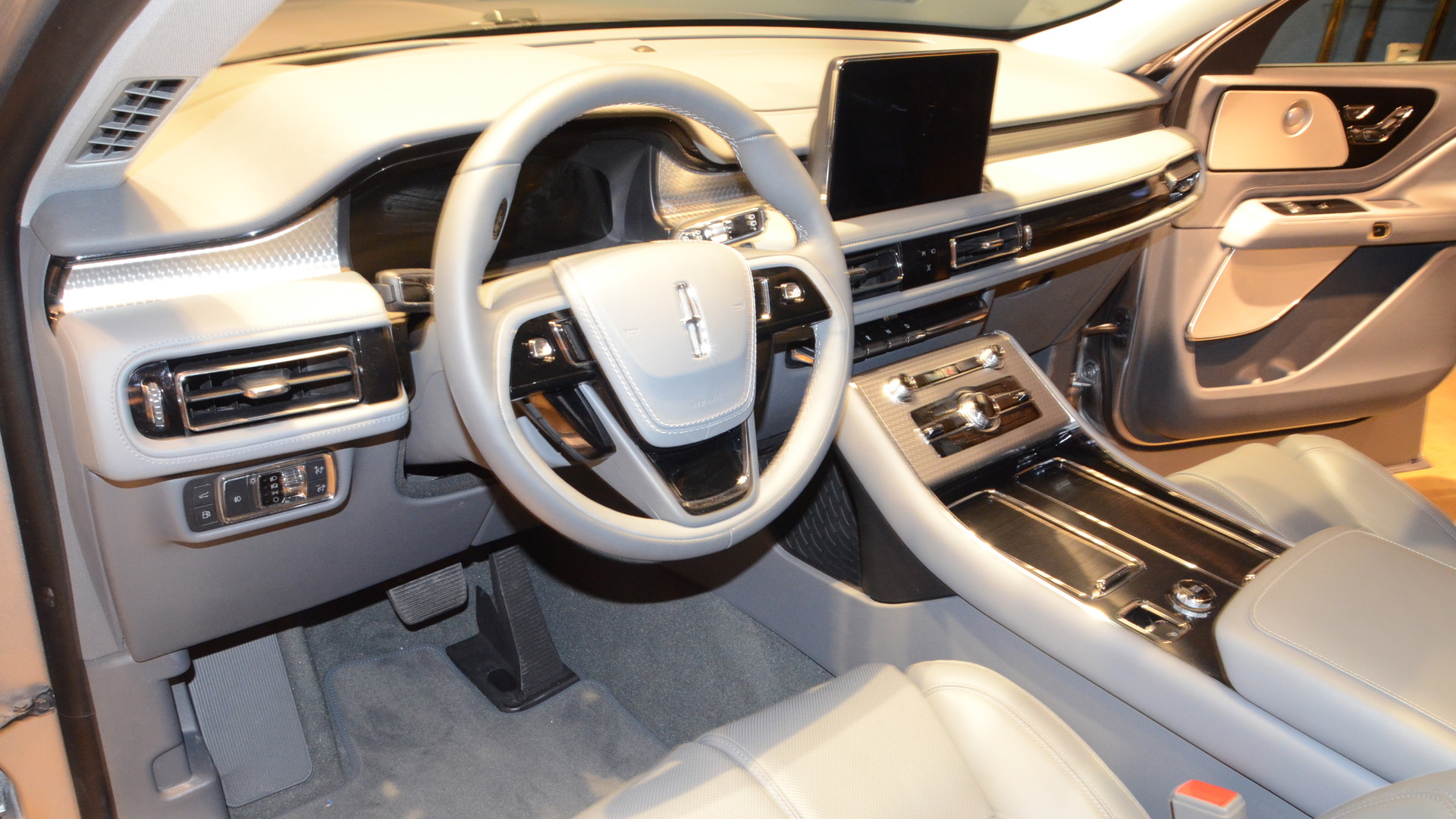Lincoln is adding some fancy suspension tech to its new Aviator that should let it fly. Well, maybe it's more like glide. Over rough roads. That's thanks to a new air suspension and the ability to see bumps in the road before you hit them.
It starts with the new adaptive suspension. It uses 12 sensors that continuously monitor the road. They're getting more than 23,000 inputs per second to process things like roll, body movement, steering angle, and more. Then, the shock absorber can be adjusted up to 100 times per second. Each wheel can be adjusted independently.
There's more to see, though – for the Aviator, at least. There's a camera that actually looks at the road's surface, up to about 15 m in front of the bumper. It's looking for height deviations in the road: potholes, bumps, bridge expansion joints, all the fun stuff. It can detect deviations between 5 and 20 cm in height.
Then the suspension gets ready for those imperfections; it can tell whether the wheel is about to be jolted upward or drop down. For the former, it softens to absorb the impact. For the latter, advanced pothole mitigation stiffens the suspension at individual wheels, stopping the tire from dropping into the hole.
Finally, there's what Lincoln calls Air Glide Suspension, replacing steel coils with air compartments. That's a more common feature than the forward-facing camera, but it allows for multiple ride heights in addition to improving suspension compliance: lower to get in and out, or for improved highway fuel economy; higher for those roads that are extra cratered.
The 2020 Lincoln Aviator arrives this summer.













